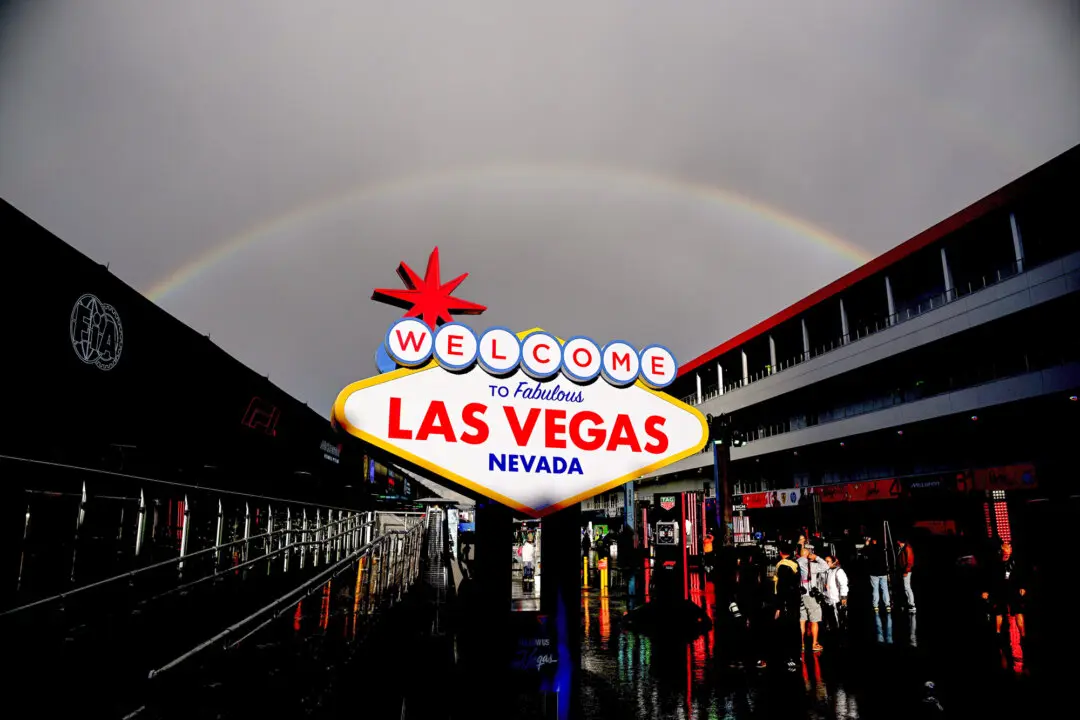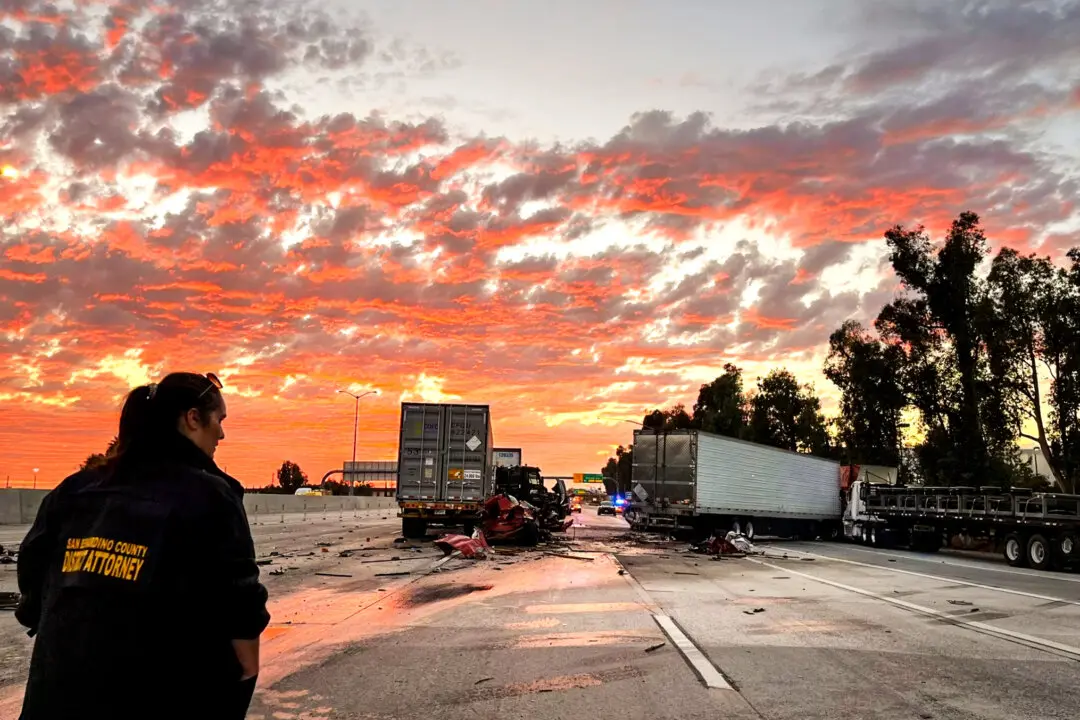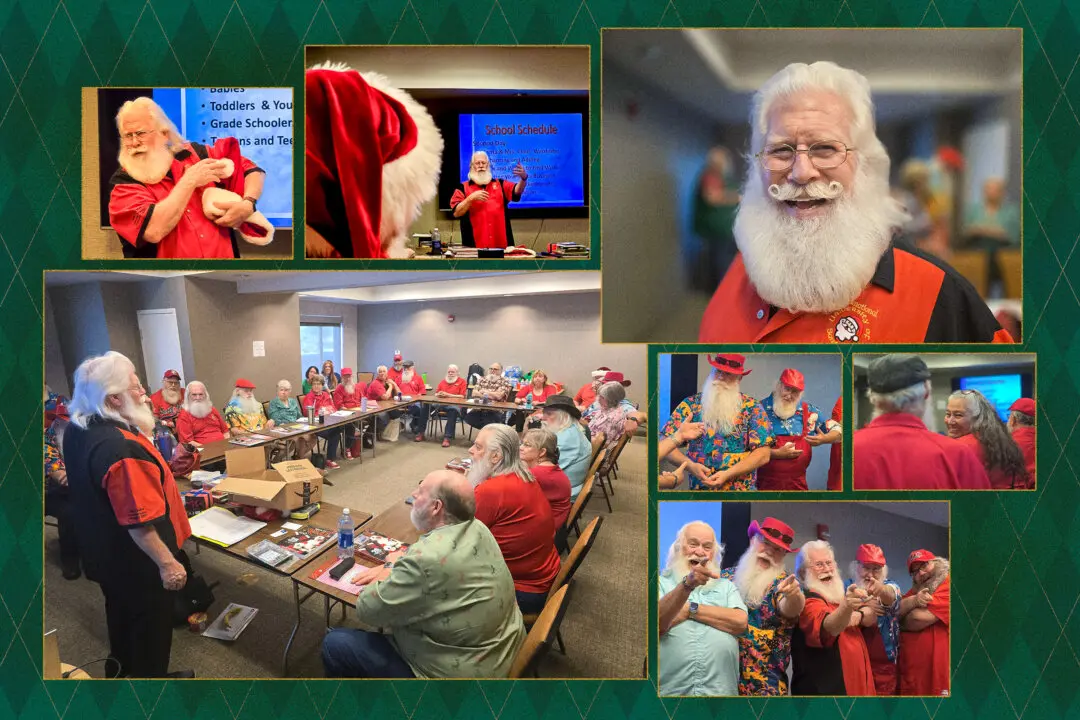FLAGSTAFF, Ariz.—Michelle Ryan took immediate action when she received the emergency text message telling her it was time to “Go.”
“Go” meant that the Tunnel Fire near her home on the outskirts of Flagstaff, Arizona, had reached a critical level. The only thing left to do was to evacuate the area.





